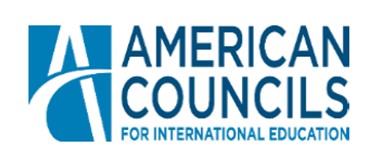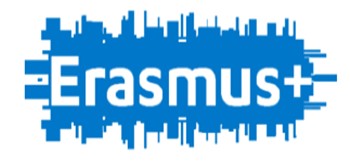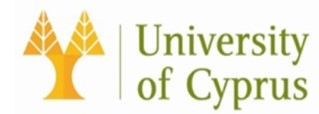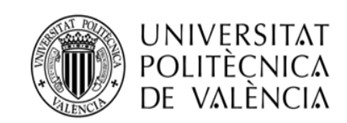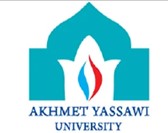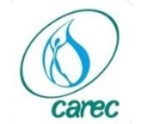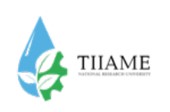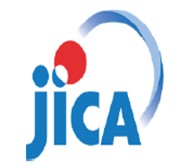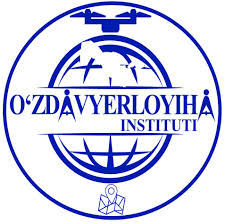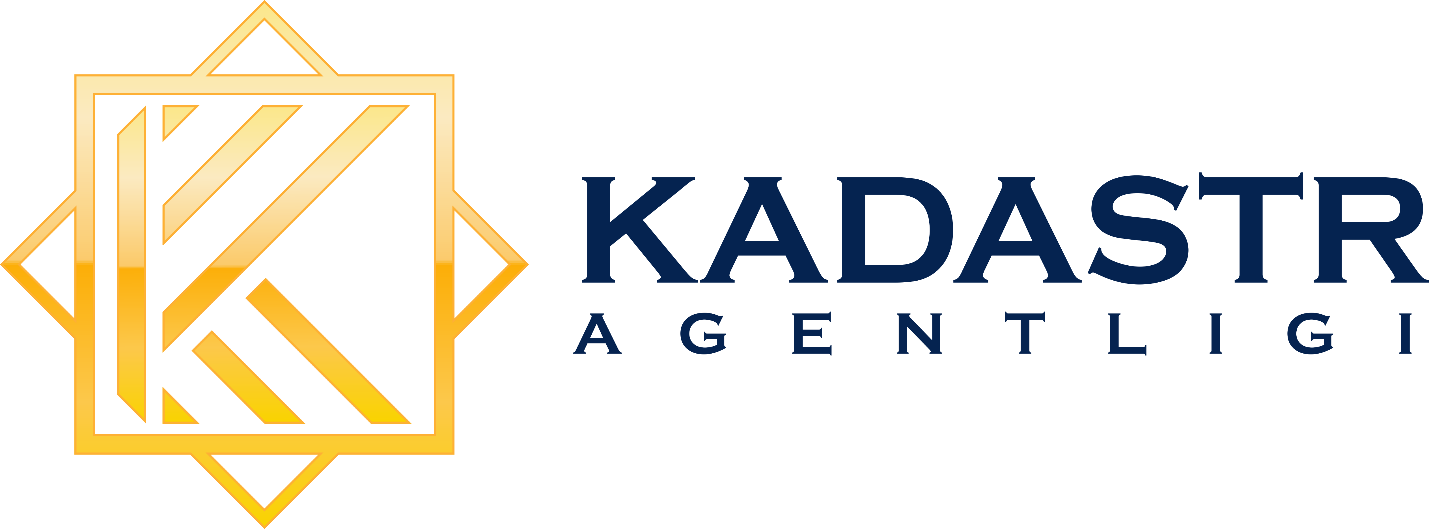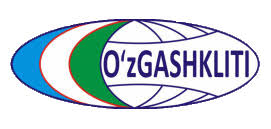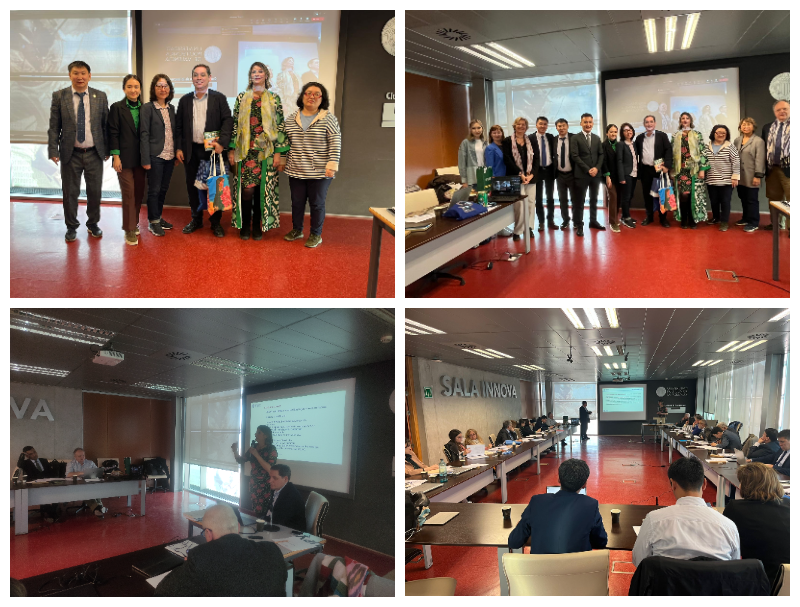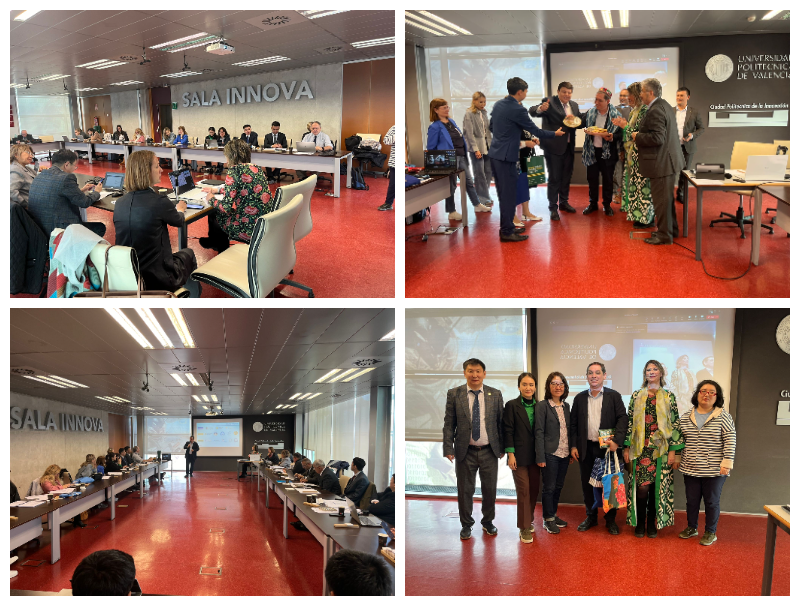- 223Days
- 12Hours
- 56Minutes
- 19Seconds

Conference Organizer
Fergana Polytechnic Institute, Fergana State University, Universitat Politècnica De València, Universita Degli Studi Di Cassino E Del Lazio Meridionale, University Of Cyprus, Sh. Ualikhanov Atyndagy Kokshetau Memlekettik Universiteti, Non-Commercial Joint Stock Company Kazakh National University Names After Al-Farabi, Institution Khoja Akhmet Yassawi International Kazakh Turkish University, Regional Environmental Centre For Central Asia, Tashkent Institute of Irrigation and Agricultural Mechanization Engineers, Bukhara Institute of Natural Resources within the Tashkent Institute of Irrigation and Agricultural Mechanization Engineers, Bukhara State University, International Agricultural University, Ministry Of Higher Education, Science And Innovation Of The Republic Of Uzbekistan.
CONFERENCE THEMES:

Key dates:
Acceptance of materials:
until november 15, 2024Confirmation of acceptance:
until november 25, 2024Payment of the registration fee:
until november 30, 2024Conference date:
December 13-14, 2024

REQUIREMENTS FOR THE DESIGN AND WRITING OF ARTICLES

- The paper should be written strictly according to the suggested template of your chosen publication (IMRAD);
- The article should be between 4 - 6 pages long (at least 4 full pages);
- The paper should contain sections such as Abstract, Key words, Introduction, Methods, Results and Discussion, Conclusion, References, etc.
- Citations should be made strictly according to the requirements of the editions (see the templates on the conference website), only the publications indexed in the international databases should be cited;
- Use an international standard for units and values, use a decimal point as a separator (e.g. 0.002);
- The list of references should not contain more than 2 references to the
authors of the article. All submitted articles are reviewed and checked for
plagiarism, excessive self-citation, compliance with the formatting and
originality. Passed articles are accepted for publication in the journal issue.
The plagiarism check is carried out at the final stage by the responsible
editors of E3S Web of Conferences proceedings after payment of the submission
fee.
Therefore, if an article is rejected due to the presence of already published
papers and plagiarism, the payment is not refunded. The conference will result
in the publication of a Scopus and WoS-indexed journal issue. All full-time and
extramural participants submitting their papers for publication in theb journal
should e-mail them to
interconf.ferpi@gmail.com
Phone:+998 94 3673303
Ethics for Authors
Maintaining Research Results
The results of research should be recorded and maintained in a form that allows analysis and review, both by collaborators before publication and by other scientists for a reasonable period after publication. Exceptions may be appropriate in certain circumstances to preserve privacy, to assure patent protection, or for similar reasons. Fabrication of data is an egregious departure from the expected norms of scientific conduct, as is the selective reporting of data with the intent to mislead or deceive, as well as the theft of data or research results from others.
Publication and Authorship
The authors’ central obligation is to present a concise, accurate account of the research performed as well as an objective discussion of its significance. A paper should contain sufficient detail and references to public sources of information to permit others to repeat the work. Proper acknowledgment of the work of others used in a research project must always be given. Authors should cite publications that have been influential in determining the nature of the reported work. Information obtained privately, as in conversation, correspondence, or discussion with third parties, should not be used or reported without explicit permission from the investigator with whom the information originated. Information obtained in the course of confidential services, such as refereeing manuscripts or grant applications, cannot be used without permission of the author of the work being used. Authors must obtain permission for use of any previously published materials from the original publisher. Proof of permission must be provided before manuscripts containing previously published material can be published. Proper credit lines for all previously published material must be included in the manuscript. Guidelines for requesting permission for reuse of published materials Re-use of Material from Conference Proceedings AIP Publishing allows authors to make fair and reasonable re-use of material from their conference proceedings article. Such re-use must keep with the standards and ethics of scientific publishing. As a rule, conference proceedings must be viewed in the same way as any other publication, and re-use of such materials must follow the standard ethical principles that apply to duplicate publication. Whether the new submission meets a journal’s standards will depend on the degree of overlap with the prior publication and the nature of the new material. The editors of the journals will decide whether an author has applied “fair and reasonable” re-use standards or whether an article derived from a conference proceeding has enough additional material to warrant a new publication. Authors who derive a journal article from their proceedings paper must obtain copyright permission from the original publisher if figures or tables are reused and should include a citation to their proceedings paper.
Author List and Coauthor Notification
Authorship should be limited to those who have made a significant contribution to the concept, design, execution, or interpretation of the research study. All those who have made significant contributions should be offered the opportunity to be listed as authors. Other individuals who have contributed to the study should be acknowledged, but not identified as authors. The sources of financial support for the project should be disclosed. All collaborators share some degree of responsibility for any paper they coauthor and are responsible for verifying the content in the manuscript and that the manuscript adheres to ethical and plagiarism guidelines. Only persons who have significantly contributed to the research should be listed as authors. The author who submits the paper for publication should ensure that all appropriate coauthors and no inappropriate coauthors are included on the paper, and that all coauthors have seen the final version of the paper and have agreed to its submission for publication. ChatGPT and similar AI-based large language models should not be listed as an author. As with other instrumentation and software, the use of AI-based large language models such as ChatGPT should be disclosed to editors and reviewers, particularly if they are used to generate significant amounts of text in the manuscript. Authors should provide this information in the appropriate section of their manuscript and to the editor with their submission. Some coauthors have responsibility for the entire paper as an accurate, verifiable report of the research. These include, for example, coauthors who are accountable for the integrity of the critical data reported in the paper, carry out the analysis, write the manuscript, present major findings at conferences, or provide scientific leadership for junior colleagues. Other coauthors may have responsibility mainly for specific, limited contributions to a paper. Every coauthor should have the opportunity to review the manuscript before it is submitted for publication. All coauthors have an obligation to provide prompt retractions or correction of errors in published works. Any individual unwilling or unable to accept appropriate responsibility for a paper should not be a coauthor.
Author Obligations
- The corresponding author must have the approval of all other listed authors for the submission and publication of all versions of the manuscript.
- Anyone who has made independent contributions to the manuscript should be invited to become a coauthor.
- The submitted manuscript must contain unpublished original work and not be under consideration for publication by any other journal, other than in oral, poster or abstract formats. Duplicate publications are never acceptable.
- The authors’ central obligation is to present a concise, accurate account of the research and an objective discussion of its significance. A paper should contain sufficient detail and references to public sources of information to permit others to repeat the work.
- Plagiarism or self-plagiarism constitutes unethical scientific behavior and is never acceptable.
- Any part of the submitted manuscript that derives from prior published work, including work by the same authors, must be properly cited.
- Fragmentation of research papers is not acceptable. Publications should be organized so that each paper gives a complete account of a particular aspect of the research.
- Criticism of a paper in either a Comment or article must be professional, substantive, and free of polemics.
- If any of the preceding guidelines ceases to be true, the authors have a duty to notify the Editor as soon as possible so that corrective action can be taken.
Plagiarism Policy
Plagiarism Policy
PRETP: Editorial board recognizes that plagiarism is not acceptable and therefore establishes the
following policy stating specific actions (penalties) when plagiarism is identified in an article that
is submitted for publication in journal.
Definition:
Plagiarism involves the "use or close imitation of the language and thoughts of another author and the
representation of them as one's own original work."
Policy:
Papers must be original, unpublished, and not pending publication elsewhere. Any material taken verbatim
from another source needs to be clearly identified as different from the present original text by (1)
indentation, (2) use of quotation marks, and (3) identification of the source.
Any text of an amount exceeding fair use standards (herein defined as more than two or three sentences
or the equivalent thereof) or any graphic material reproduced from another source requires permission
from the copyright holder and, if feasible, the original author(s) and also requires identification of
the source; e.g., previous publication.
When plagiarism is identified, the Editor in Chief responsible for the review of this paper and will
agree on measures according to the extent of plagiarism detected in the paper in agreement with the
following guidelines:
Level of Plagiaris
1. Minor: A short section of another article is plagiarized without any significant data or idea taken
from the other paper
2. Intermediate: A significant portion of a paper is plagiarized without proper citation to the original
paper
3. Severe: A significant portion of a paper is plagiarized that involves reproducing original results or
ideas presented in another publication
It is understood that all authors are responsible for the content of their submitted paper as they all
sign the Copyright Transfer Form. If a penalty is imposed for plagiarism, all authors will be subject to
the same penalty.
If a second case of plagiarism by the same author(s) is identified, a decision on the measures to be
enforced will be made by the Editorial board (Editor-in-Chief, and Editorial members) with the Chair of
the Editor in Chief. The author(s) might be forbidden to submit further articles forever.
This policy applies also to material reproduced from another publication by the same author(s). If an
author uses text or figures that have previously been published, the corresponding paragraphs or figures
should be identified and the previous publication referenced.
A sentence shall be added to the copyright transfer form to indicate that the author(s) have read the
Plagiarism Policy.
Any act of plagiarism is a totally unacceptable academic misconduct and cannot be tolerated. The
conference team will be checking the plagiarism level of all the submitted papers for ensuring the
originality of content using iThenticate with an acceptable limit of 20%.
The manuscript should follow the IMRaD format PUBLICATION
|
Section |
Purpose |
|
Title |
What the paper is about |
|
Authorsese |
Names and affiliations of authors |
|
Keywords |
Words other than those in title that best describe the paper |
|
Abstract |
A stand-alone, short narrative of the paper |
|
Introduction |
Why this paper? The problem, what is not known, the objective of the study |
|
Materials and methods |
How was the study done? |
|
Results |
What did you find? |
|
Discussion |
What does it mean? What next? Interpretation of results and future directions |
|
Conclusion |
Possible implications |
|
Acknowledgments |
Who helped and how; what was the funding source? |
|
References |
Details of papers cited |
|
Appendices |
Supplementary materials |
SCIENTIFIC COMMITTEE
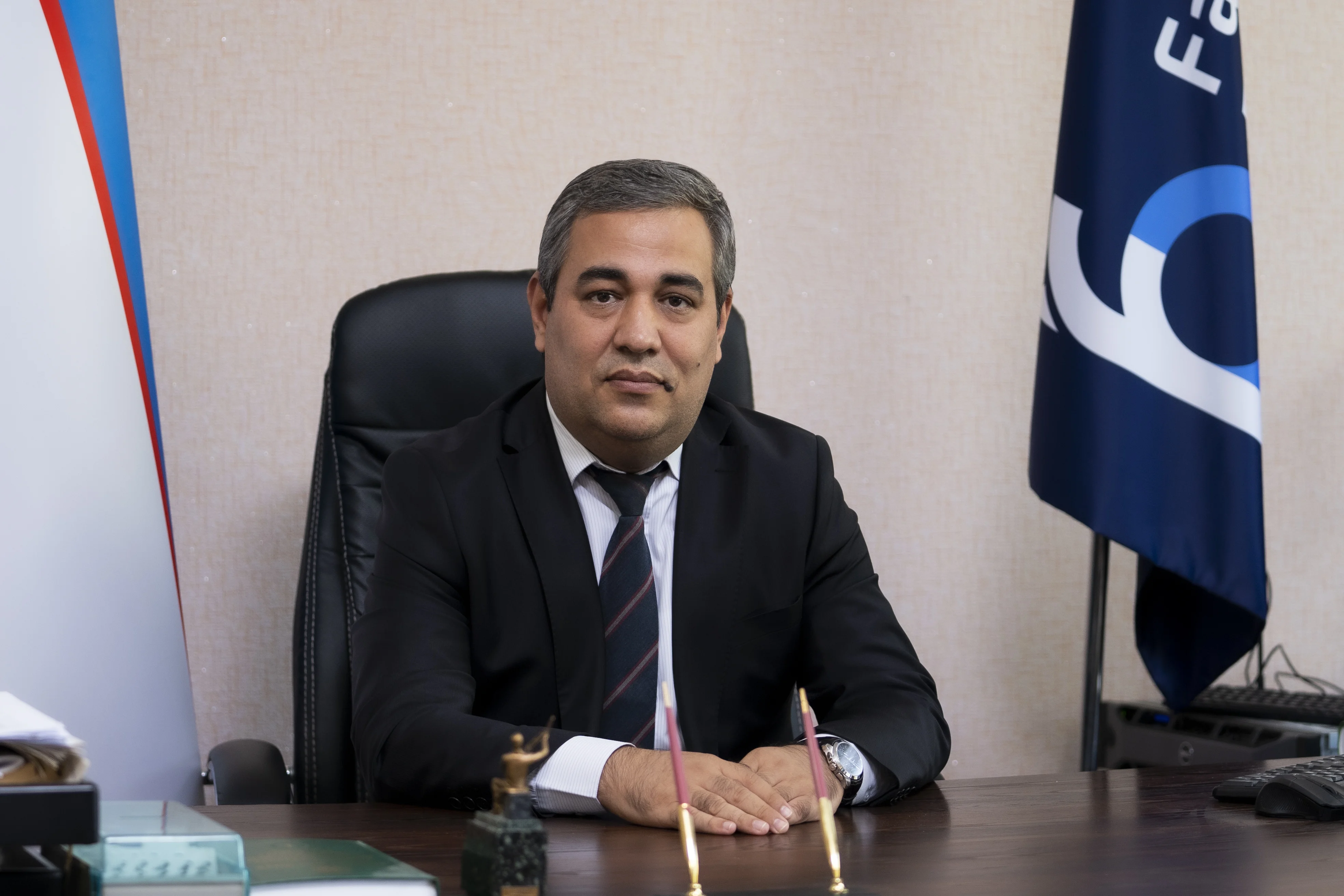
Salomov Uktam Rahimovich
Rector of Fergana Polytechnic Institute, Professor, Doctor of technical sciences, Fergana Polytechnic Institute
RESPONSIBLE FOR ORGANIZATIONAL MATTERS
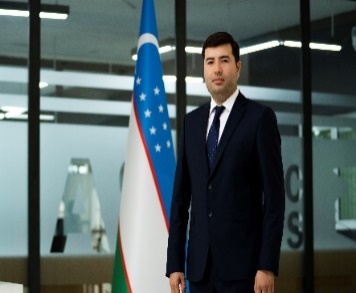
Vice-rector for international cooperation, DSc
Fergana Polytechnic Institute,

Dean of Civil Engineering, PhD
Fergana Polytechnic Institute,

Head of the Department of geodesy, cartography and cadaster chair, PhD
Fergana Polytechnic Institute,
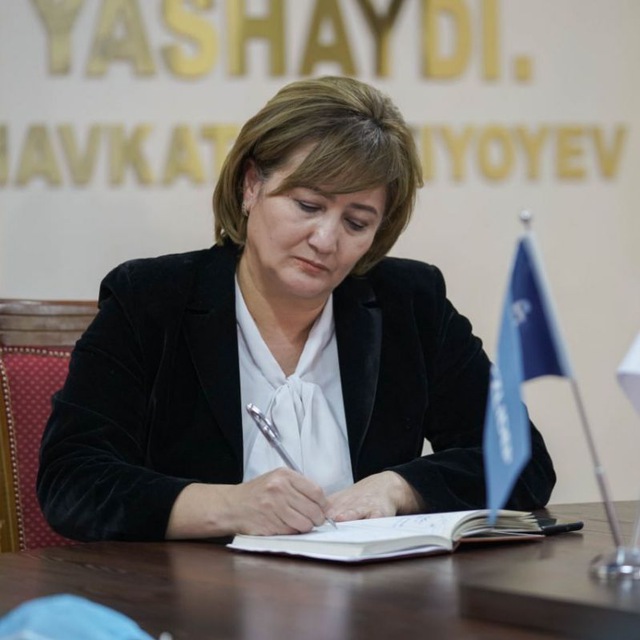
Professor, Department of geodesy, cartography and cadaster, PhD
Fergana Polytechnic Institute,

Department of Quality Control of Education
Fergana Polytechnic Institute,
RESPONSIBLE FOR SCIENTIFIC AND ORGANIZATIONAL ISSUES (INTERNATIONAL)

Department of Quality Control of Education
Fergana Polytechnic Institute,
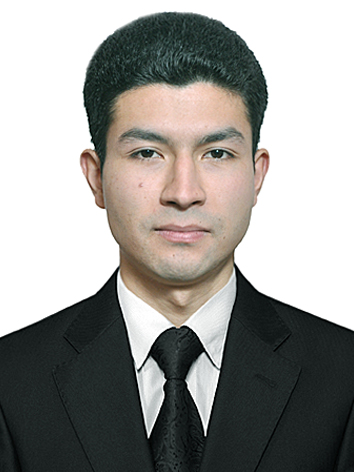
Department of geodesy, cartography and cadaster, PhD.
Fergana Polytechnic Institute,
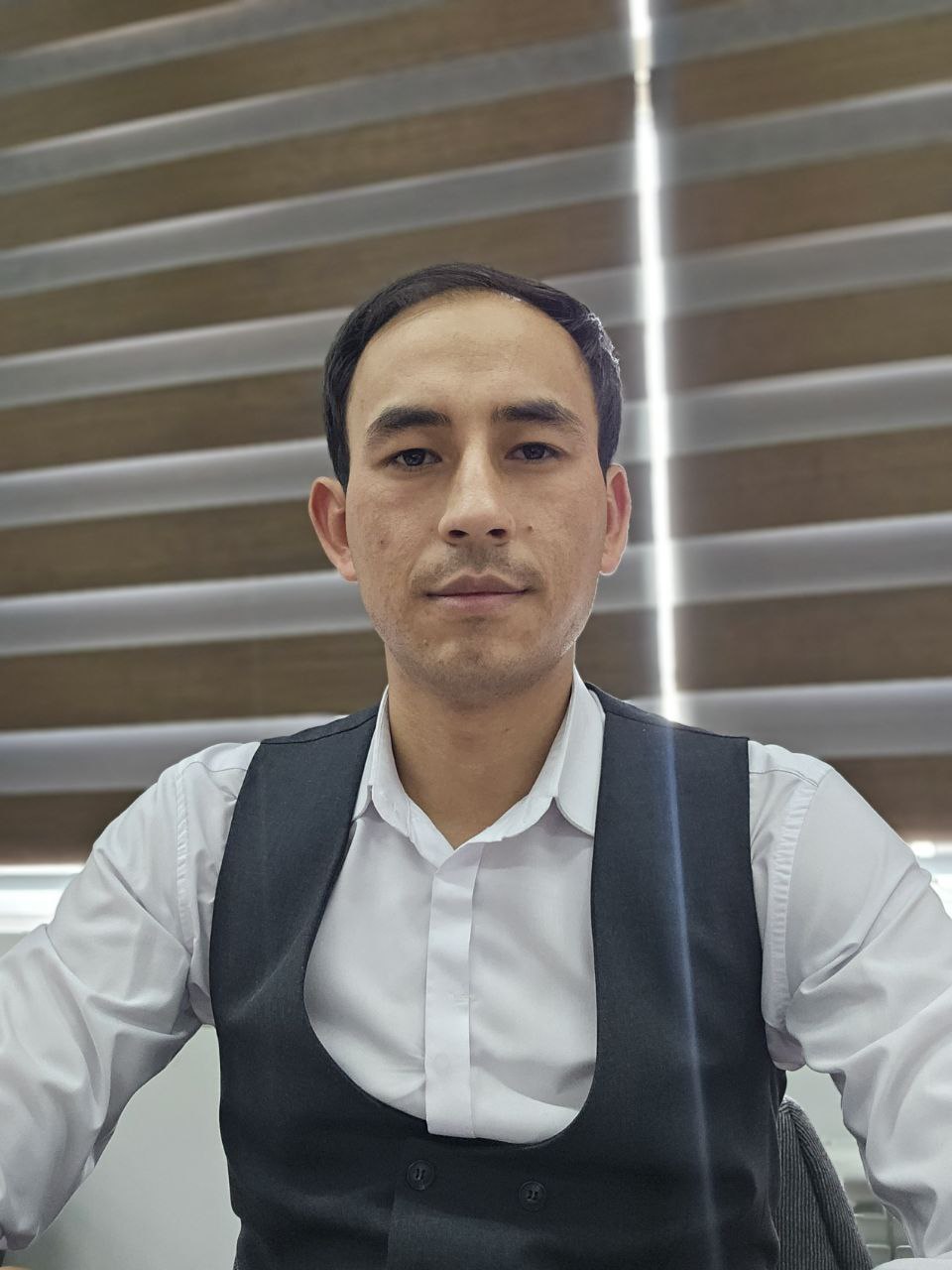
Department of geodesy, cartography and cadaster, Assistant
998 97 820-17-03
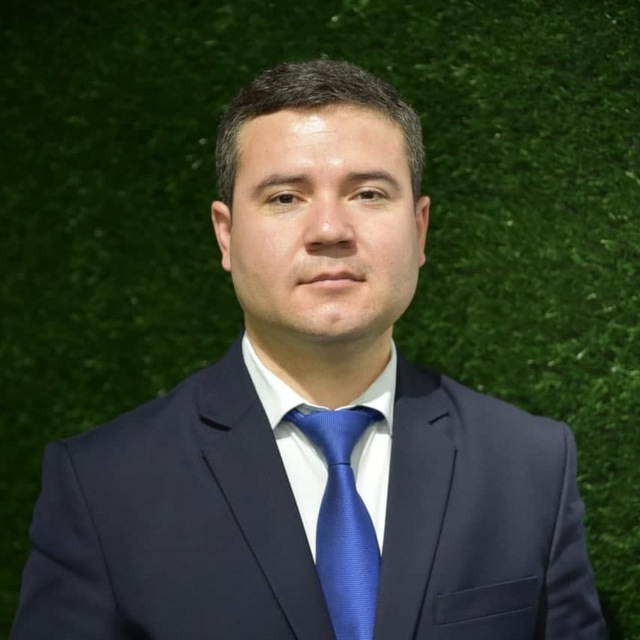
Department of Work with Youth, Spirituality and Enlightenment
Fergana Polytechnic Institute,
Speakers

Javier Rodrigo Ilarri
POLYTECHNIC UNIVERSITY OF VALENCIA, COORDINATOR OF LESLIE
Alessandro Figus
UNIVERSITA DEGLI STUDI DI CASSINO E DEL LAZIO MERIDIONALE
Alisher Yunusov
FERGANA POLYTECHNIC INSTITUTE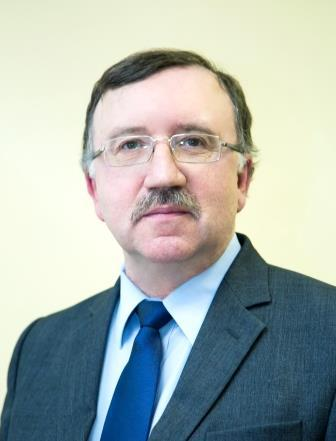
Mikhail Panasyuk
KAZAN FEDERAL UNIVERSITY
Ahmadaliyev Yusufjon
FERGANA STATE UNIVERSITY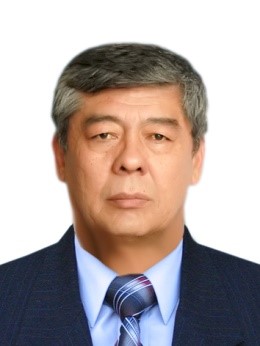
Eshkobul Safarov
NATIONAL UNIVERSITY OF UZBEKISTAN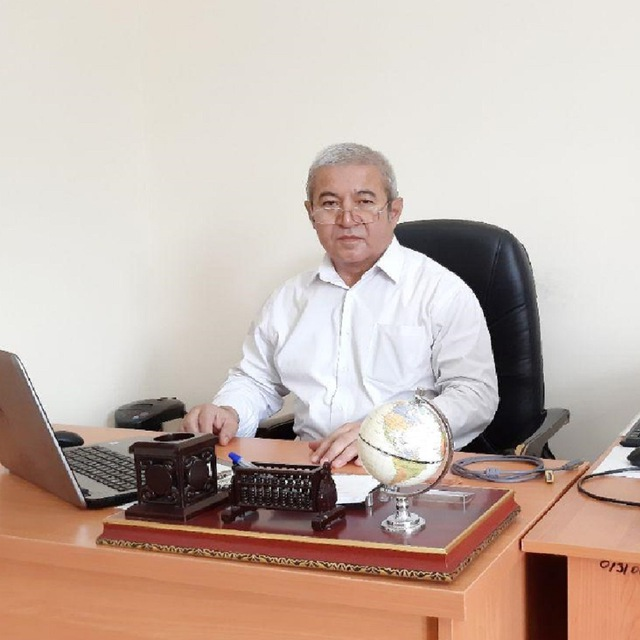
Ilhom Musayev
TASHKENT INSTITUTE OF IRRIGATION AND AGRICULTURAL SYSTEM MECHANISM ENGINEERS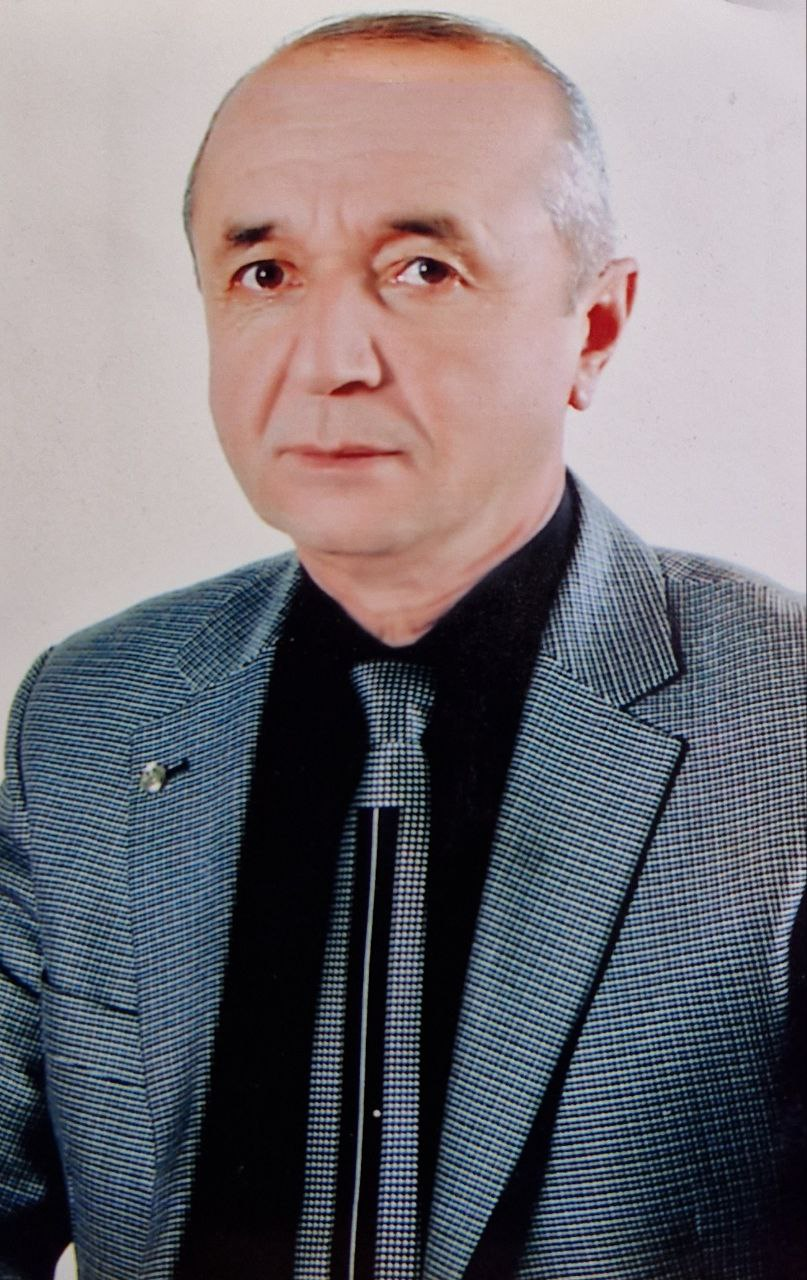
Abdusali Suyunov
SAMARKAND UNIVERSITY OF ARCHITECTURE - CONSTRUCTION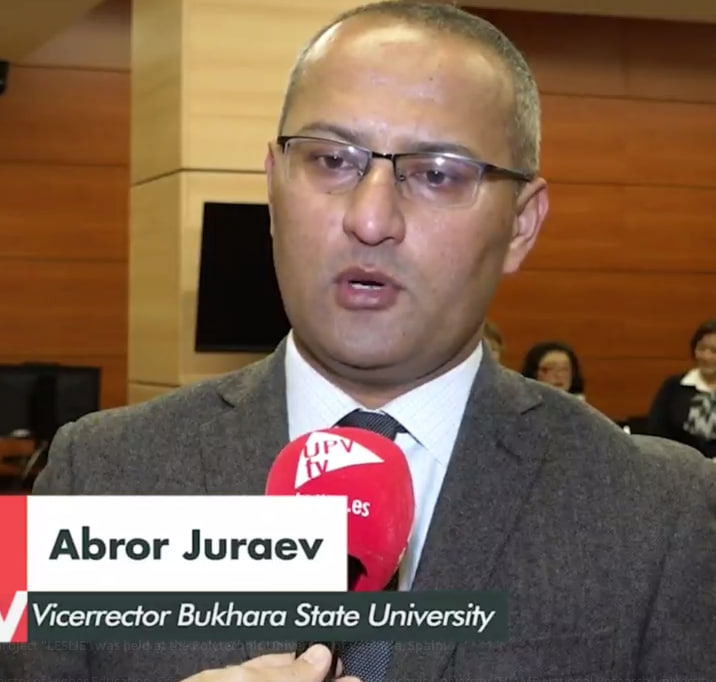
Abror Juraev
Bukhara State University Vice-Rector for International Coorperatipon
Lola Gulyamova
TASHKENT STATE TECHNICAL UNIVERSITY
Abjaparova Dinara
OSH STATE UNIVERSITY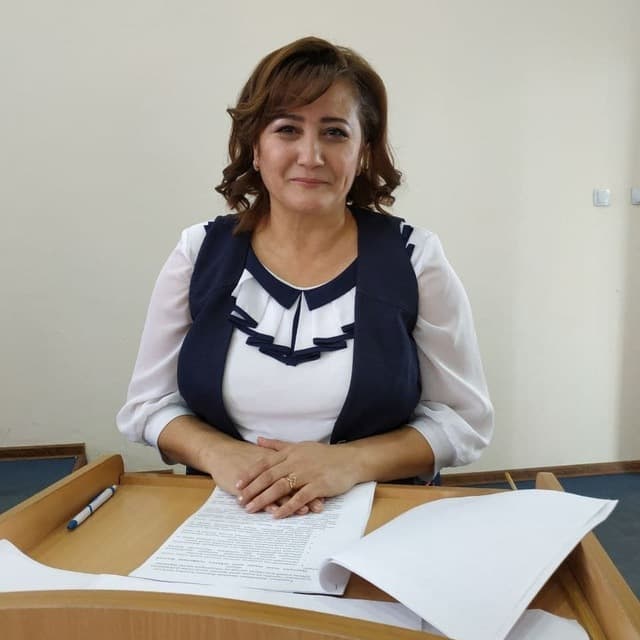
Khakimova Kamolaxon
Fergana Polytechnic Institute

Editors
Uzbekistan, Rector of Fergana Polytechnic Institute
Spain, Polytechnic University of Valencia, coordinator of LESLIE
Uzbekistan, Vice-Rector for Academic Affairs
Uzbekistan, Vice-Rector for International Cooperation
Spain, Polytechnic University of Valencia. ENHANCE Alliance English Philologist. Sciences of Education Researcher PhD
Russia, Director - Scientific and Technological Complex "Digital engineering in civil construction" of St. Petersburg Polytechnic University Peter the Great
Russia, Head of the Department of Geography and Cartography, Institute of Management, Economics and Finance, KFU.
Spain, Polytechnic University of Valencia. Professor of Mathematics. Expert in Engineering Education
Spain, Rector of Polytechnic University of Valencia. Professor. Civil Engineer. Expert in Water Resources Prof. Dr.
Kazakhstan, Republic of Kazakhstan, KOKSU, Advisor to the Rector for International Project managment
Kazakhstan, Ahmet Yesevi University Kazakhstan, Professor
Kazakhstan, Commercial Joint Stock Company Kazakh National University Names After Al-Farabi
Uzbekistan, Fergana Polytechnic Institute, Head of the Educational and methodical management, associate professor PhD.
Uzbekistan, Fergana Polytechnic Institute, Head of the Department production of building materials, products and constructions, PhD.
Uzbekistan, Fergana Polytechnic Institute, Head of the Department of Economic, Dsc professor
Uzbekistan, "Tashkent Institute of Irrigation and Agricultural Mechanization Engineers", Head of International Coorperation Department
Uzbekistan, National Research University "Tashkent Institute of Irrigation and Agricultural Mechanization Engineers"
Uzbekistan, International Institute of Food Technology and Engineering, Vice rector of academic affairs, DSc.
PEER-REVIEW SELECTION PROCESS:
Each submitted manuscript will receive a unique paper id. The manuscripts will be initially screened to check for the conference scope and originality. All the submitted manuscripts will be sent for technical peer review process and the corresponding author will be notified the outcome of the review process. LESLIE adopts double blind review process.
Paper selection process #-
STEP 1 (Received) – Abstracts* / full length papers received will be given paper ID** in relevant to the conference topic and track.
-
STEP 2 (Under Screening) – Initial screening review will be done by the Technical Program Committee of LESLIE. Initial screening include relevance to the conference topic, plagiarism***, organization of the paper, quality of figures/diagrams/illustrations/equations and etc.
-
STEP 3 (Under Review) – Papers got through Step 2 alone will be forwarded to technical review process. Papers will be sent to at-least two reviewers who are specialized in the same domain as the paper.
-
STEP 4 (Revision) – Corresponding author will be notified the outcome of the review process and the revised version of the manuscript shall be submitted within fifteen days on the date of intimation.
-
STEP 5 (Under Review) – Revised version of the papers will be sent for reviewer to ensure that all the suggested corrections have been carried out, if required. Otherwise, the editors will take a decision whether or not to accept the paper. If the reviewer recommended for minor revision TPC recommends its decision to the organizing Chair on the paper.
-
STEP 6 (Accept / Reject) – Final decision will be taken by the editors based on the recommendations by the reviewers / TPC and the same will be intimated to the corresponding authors.
-
STEP 7 (CRP Received / Not Received) – status of the Camera Ready Paper after the acceptance.
-
STEP 8: (REG Complete / Pending) – Status of the registration
# No paper will be accepted without screening review and technical review process
* Full length papers shall be submitted in order to consider the paper for review process.
** Paper ID will be provided all the received papers with in ONE working day from CMT. Authors are requested to contact the TPC through LESLIE @dypvp.edu.in, If the paper ID had not received within the time frame.
*** TPC of LESLIE check for possible plagiarism TWICE, first after receiving the paper and then at the stage of acceptance. Though LESLIE carefully check for plagiarism there are some possibilities for inaccuracies in the plagiarism results, hence LESLIE encourages the authors to take sole responsibility for plagiarism when they submit their papers.
